
Pest Introduction
Any organism that causes economic damage is called a pest. For example, harmful insects, nematodes, thrips, bacteria, etc. Harmful insects and diseases damage ornamental plants and cut flowers, affecting yield. So now we will know how to identify and control harmful insects
And affect the beauty of ornamental plants and flowers. Insects suck the sap from the plants or damage the leaves by eating them. The field must be pest and disease-free to protect the plants from pests and diseases. Apart from this, the use of disease-free seeds is also very important. To prevent diseases, seeds of such varieties should be used which have immunity against diseases. Timely treatment of diseases of flowering plants is very important otherwise the production may decrease significantly.
Pest damage
1. Weakens the plants by sucking sap from them.
2. Eat different parts of plants.
3. Causes diseases to spread. For example, whitefly, lice, and green oil.
4. Affect the beauty of plants.
How to Identify and Control Harmful Insects in Explaining
Aphids:
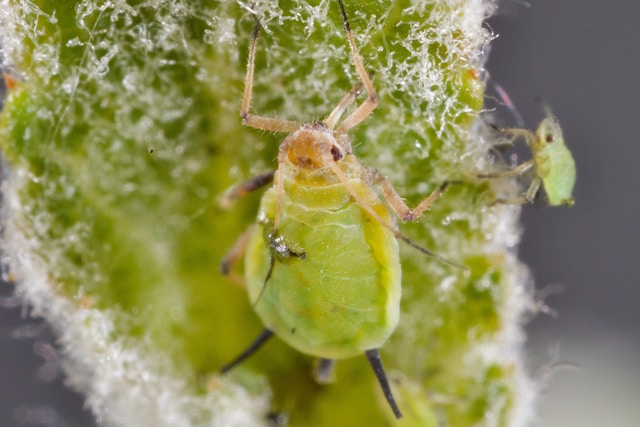
Aphids are a large group of sap-sucking insects. They are also called lazy spleen. They have a pear-like texture. They have great growth potential. They are found in different colors like green, pink, black and yellow. They usually attack ornamental plants during spring and rainy season.
Leaves turn yellow and weak due to sap-sucking. Its body secretes a slimy substance that causes fungus on the leaves. And the process of making food is effected which adversely effects the growth of plants. Among ornamental plants, it attacks Roses, Gerbera daisies and Lupin etc.
They can be adequately controlled by water spray alone. Ladybird beetles also prevent aphids from multiplying. It can be controlled immediately by spray Confidor.
Jassid
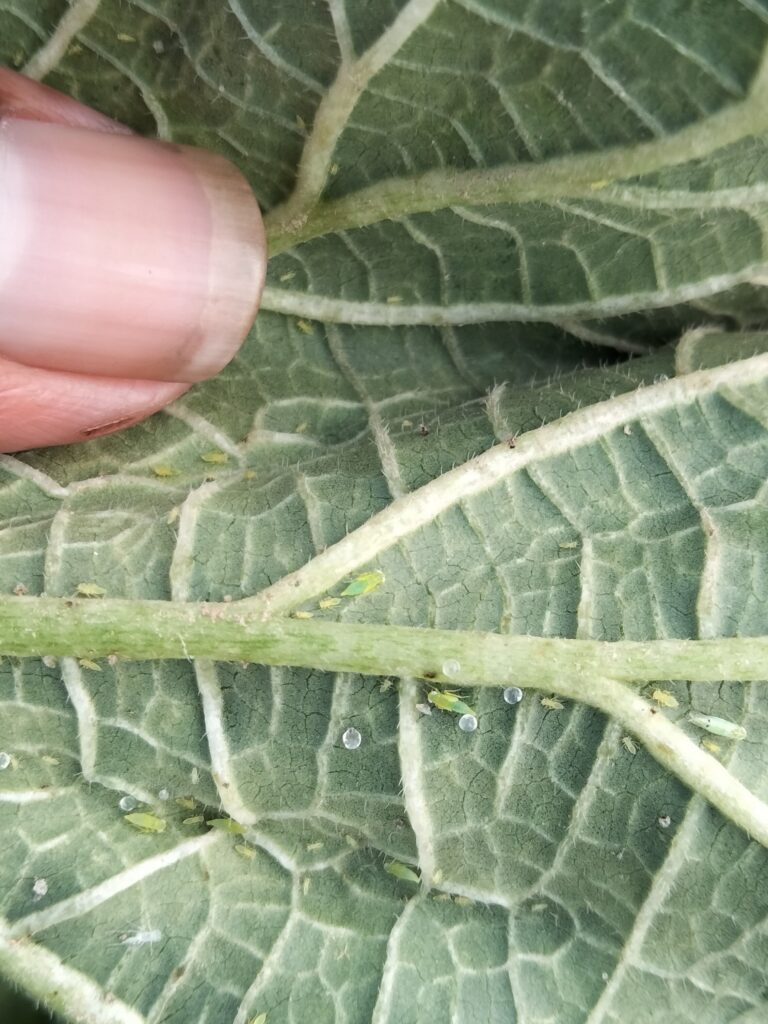
Its length is about three millimeters. It attacks mostly in spring and rainy season. Its breeding is very fast in hot and humid weather. This insect sucks the juice from the leaves. Its attack is more on middle-aged leaves. And the effective leaves become curled and cup-shaped. The flowers begin to fall. Growth slows down. If not remedied in time, considerable damage can be done. It can be controlled with Confidor or other effective sprays. Both juveniles and adults damage plants by sucking sap and injecting toxins into the plants.
Mealybugs
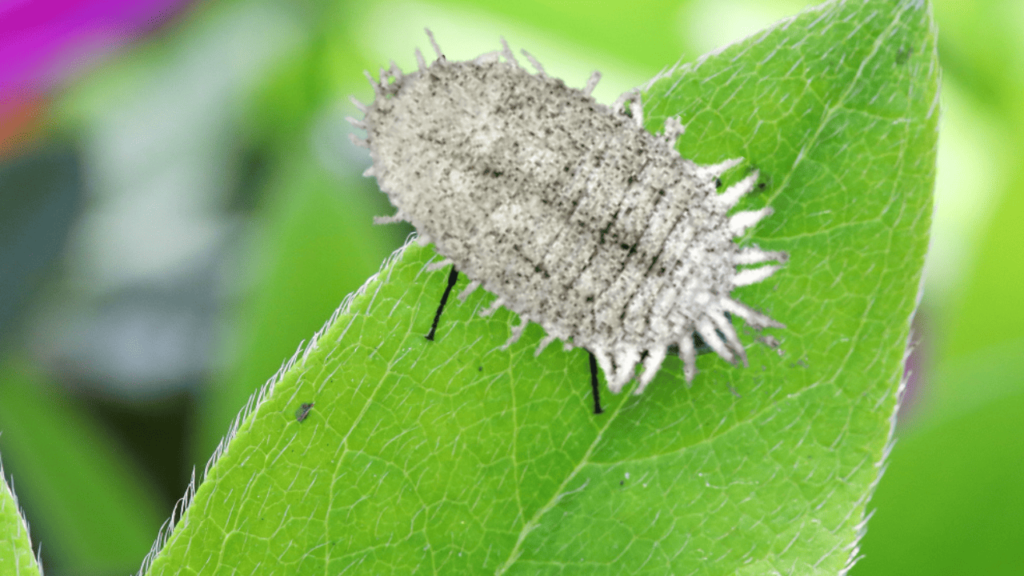
Mealybugs is a major pest of flowers and ornamental plants. Among the ornamental plants, it attacks Hibiscus, Red frangipani, Orchids. A white powder is also found on it. This insect is active from December to May. Can’t stand half the heat. It lays its eggs along the roots of plants. The eggs start hatching in late December to early January.
And this cycle continues till the end of February. It sucks the sap from the buds, flowers and leaves of the plant and weakens the plant. Bifenthrin that can be controlled by spraying. Also, if the soil around the plants is well compacted in December, its eggs are destroyed. It can be prevented from climbing up by placing plastic bands around the trunks of large trees. It moves very slowly. The female is wingless while the male is winged.
Scales:
These mostly attack the leaves of trees and shrubs. Clings to leaves and tender branches and squeezes the juice. In addition, they secrete a slimy substance that causes the fungus to infect leaves and twigs. Eventually, the leaves dry up and fall off. Among ornamental plants, it attacks roses, Junipers, ficus, Euonymus, and desert roses. In rainy season or most of the plants are damaged. It can be controlled by spraying Acetamiprid.
Whitefly

This is a sap-sucking insect that sucks sap from leaves. It also secretes honey-like secretions. On which black fungus gets attached, and the process of waste collection is affected. Its attack is more in dry and hot weather. In case of severe attack, the leaves of the plants turn yellow. Among ornamental plants, it attacks Roses, Gerbera, Lantanas, Hibiscus, Fuchsia and many flowers. Apart from this, it also becomes a source of spread of viral diseases which can be controlled by confidor spray.
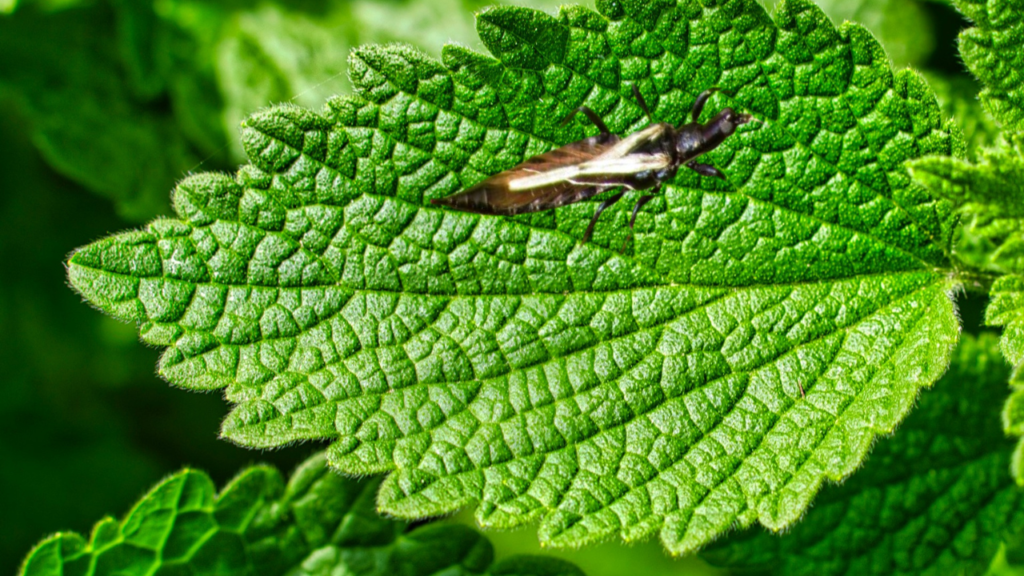
Black thrips:
These cause a lot of damage to ornamental plants. They are long yellow, round or black in color. Their life span is 30 days. Among ornamental plants, it attacks Roses, daisies, gerberas, Marigold, Ficus, Dahila, and Gladiolus. For the last few years, Faix Benjmena has been under heavy attack by black thrips, which requires effective control. They suck sap from plant leaves, causing the leaves to twist and eventually dry up. It can be controlled by Abamectin.
Termite
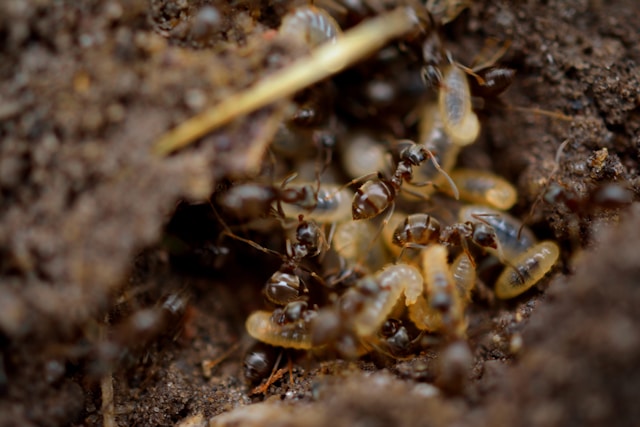
It is a pale yellow insect that lives underground. It lives in group form hence it is also called a social worm. It attacks the roots of plants, and the affected plant slowly dries up. Its attack is very severe in dry areas. They feed on the cellulose in the roots and trunk wood of trees, shrubs, and, vines and hollow out the trunk and roots of woody plants. Termites can be treated with fipronil. Among flowering plants, it attacks mostly Roses, Gladiolus, shrubs, and trees.
Leaf Miner:
Leaf Miner attack mostly Daisies, Gerbera, Sananeria, Nasturtium, Jaspophylla, petunias ornamental sunflower, and pittosporum. When foliar nitrogen levels are increased, plants grow faster and leaves are much softer. Its attack is more on these tender leaves. A temperature of 25 to 30 degrees Celsius is suitable for their growth, and their growth stops at a temperature of five degrees Celsius. Leaf aphids can be controlled by spraying with Eba Mactan.
snails and slugs

They have a shells on their body. The body of the mute has a hard shell, while the body of the snail has a soft shell. Found in humid places. They attack at night. The rainy season makes it grow faster. These can be controlled by using Metaldehyde. They cause great damage to the foliage of Marigold, Dahlia, Dog Flower, and other seasonal flowers. To prevent this, sprinkle metaldehyde granules around pots and containers.
Lice
These eight-legged insects are very small in size. They attack plant branches, leaves and flower buds. They suck the sap and weaken the plants. Affect the beauty of plants. In case of heavy infestation, the leaves from the plant dry up and fall off. Both adults and children suck the sap. They mostly attack Rose, Hibisus, Gerbera, dahlia, fuchsia, and ornamental palm. It can be controlled by spray with Diafenthiuron.
Blister Beetle:

Several types of blister beetle attack ornamental plants. They have yellow, Gray or orange colored stripes. They damage flowers and leaves. In ornamental plants, they attack Hibiscus, Rose and Ruellia. There are some species that attack during the day and some species that attack at night. These can be controlled by spray Bifenthrin.
Cycad blue
It attacks leaves for Sago palm. Larvae feed on new leaves, causing the leaves to fail to develop properly. Infected leaves appear curled inward from the front. In the climatic conditions of Punjab, its attack occurs mostly in early summer. There is a difference between male and female. For the last five years, it has caused a lot of damage to the comb palm. Its control is very important to keep the Sago palm healthy. It can be controlled by spray Polytrin.

